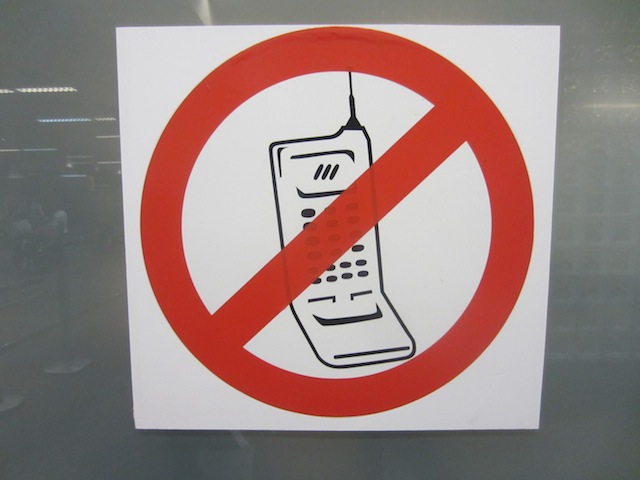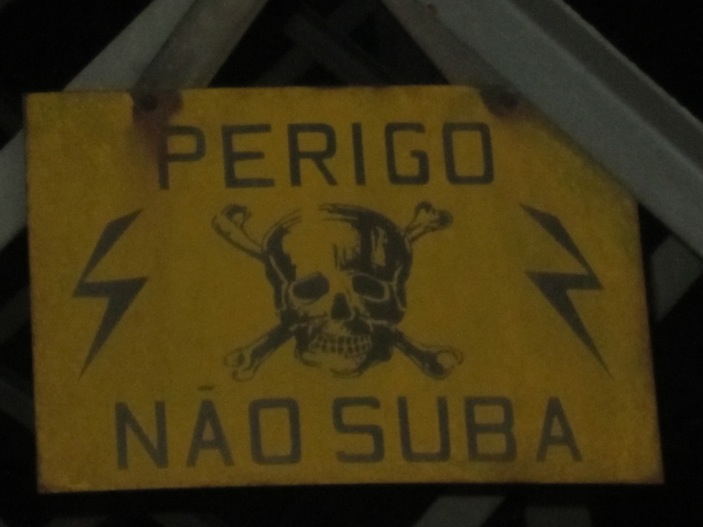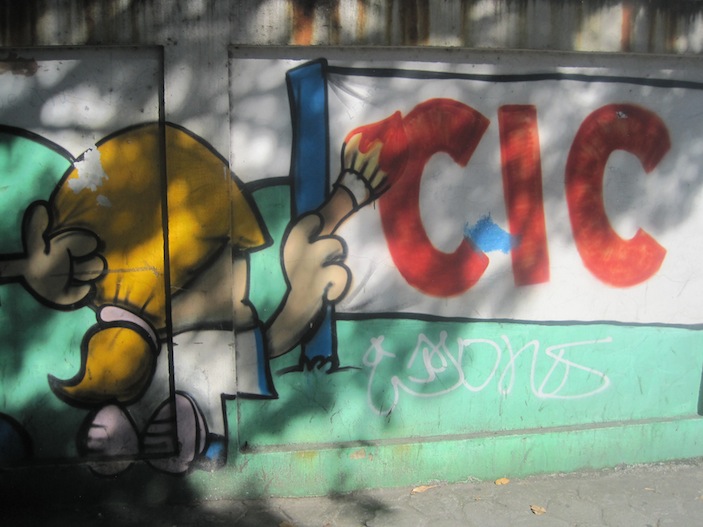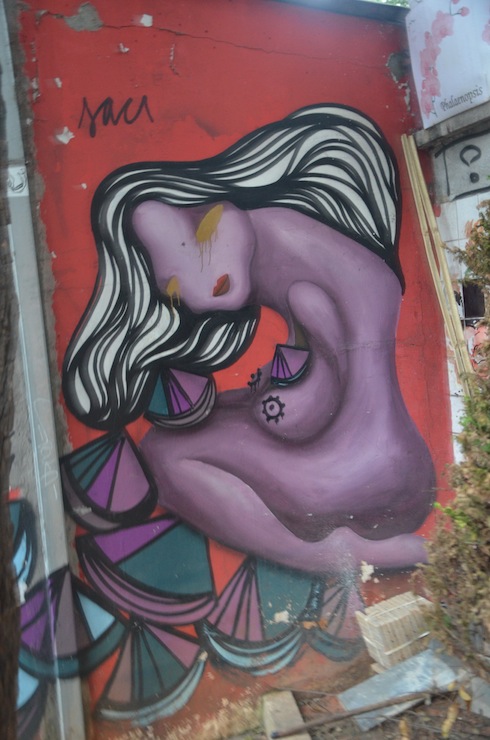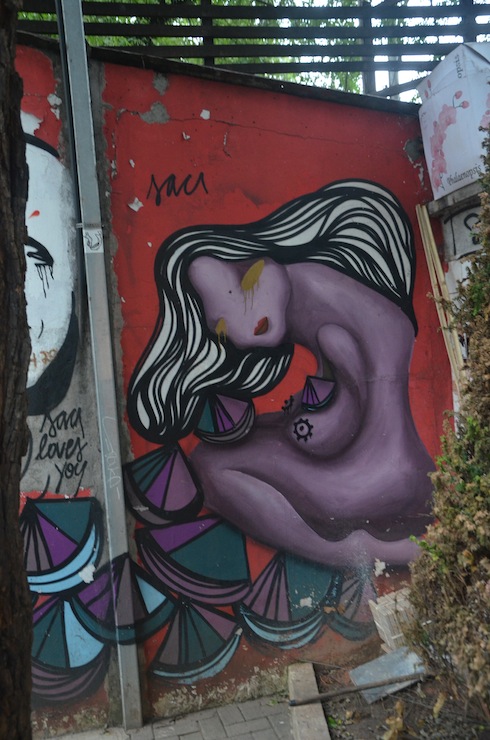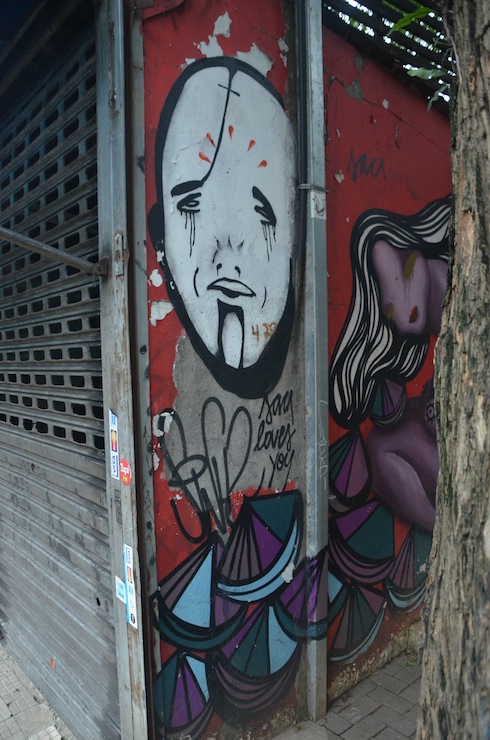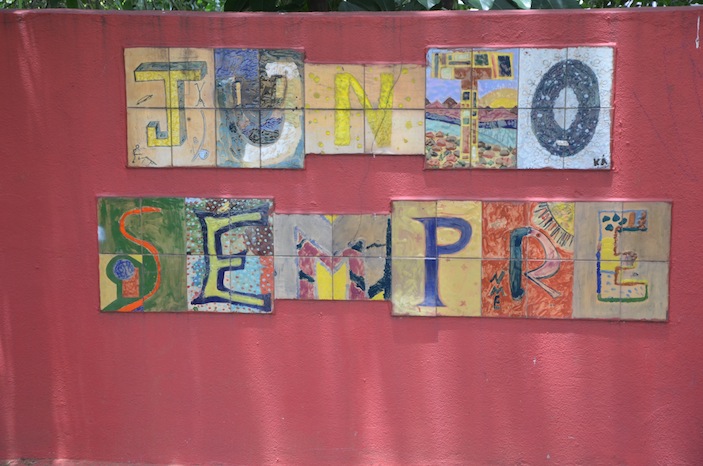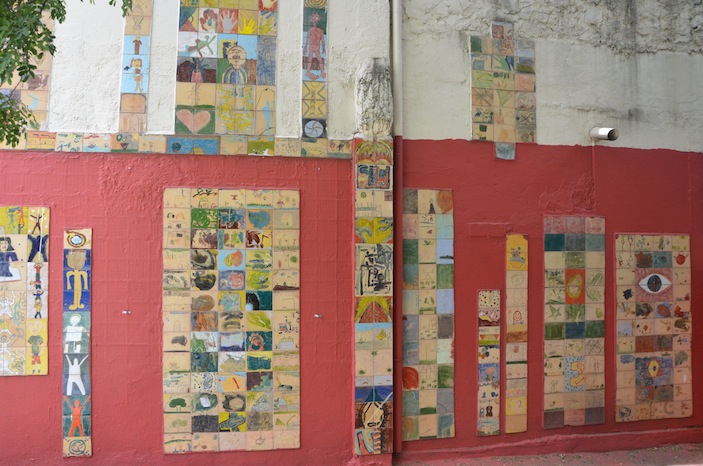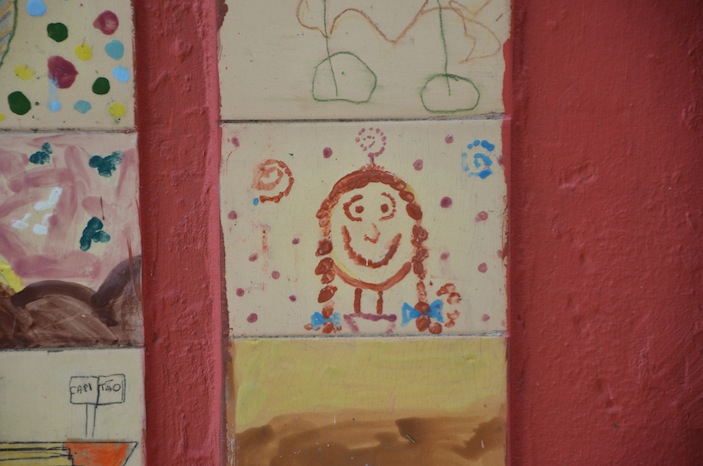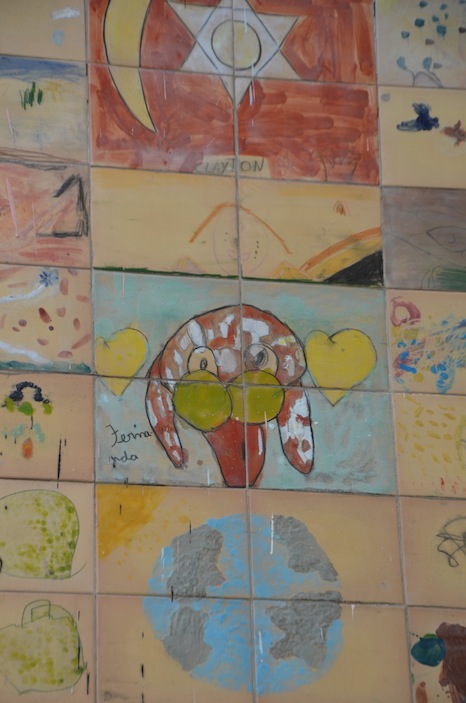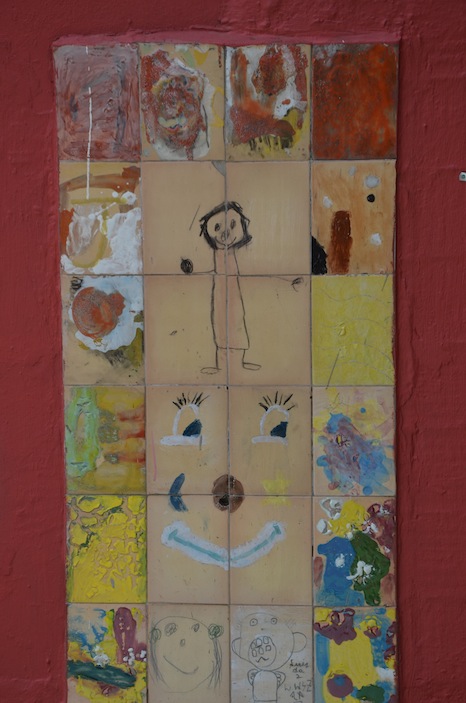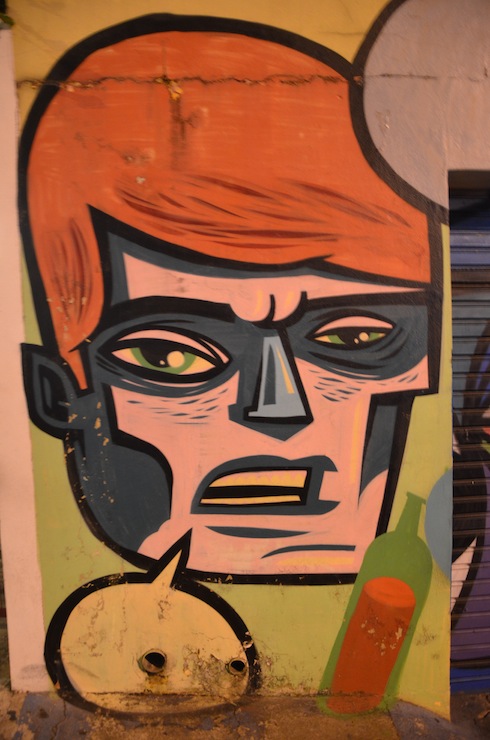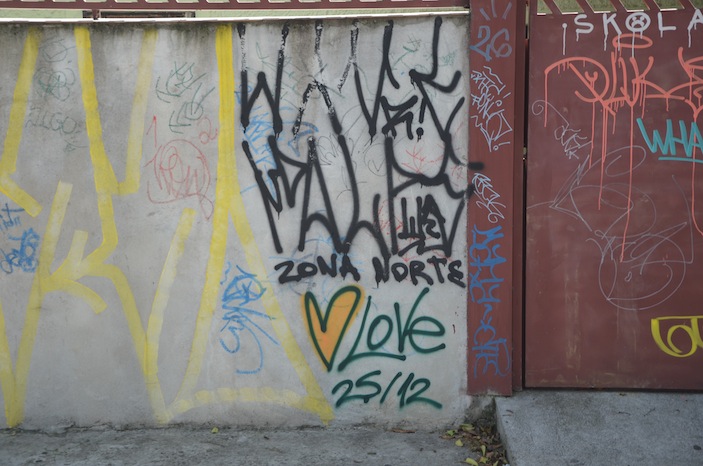IDsãopaulo: No Cell Phones!
IDsãopaulo: Amazing House!
IDsãopaulo: Perigo Nao Suba!
IDriodejaneiro: Girl Painting
IDsãopaulo: Emotion
IDsãopaulo: School House Art
IDsãopaulo: Comic Book Hero
IDsãopaulo: Zona Norte Love
Keeping the Drinks Flowing in Brasil’s Nightclubs
One of my greatest pleasures of traveling comes from picking up nuances from each culture that just seem to make sense. I imagine picking a sort of “all star team” of ideas from each country to create a utopian society, which exists, of course, only in my head.
However, one of the tidbits I’d take home from Brazil would be how their nightclubs keep you hydrated (or, if you actually want to be scientific about it, dehydrated). When you first enter, you hand your ID to a clerk who inputs your information into their database and proceeds to hand you a card, as shown below, that resembles a credit card. Each time you order a drink at the bar, you hand the bartender your card, which he or she scans, and returns it to you. At the end of the night, you bring your card to a cashier, who calls up the record of each of your drink (or food) orders, including any applicable cover charge, and, upon receiving payment, gives you a receipt that you can hand to the bouncer to leave the club.
This drove me mad at first. I thought it was so stupid to actually have people queue up to leave a club. But after a few more visits, realizing how much more quickly bartenders (who do not earn tips, by the way) can serve patrons without having to worry about handling cash and credit card slips, I changed my mind. In the States, it would be unthinkable to be at a popular club on Saturday night without having to wait at least a few minutes for a drink, but the same clubs in Brazil get your glass from empty to full in 30 seconds or less, or so it seems. And while having to line up to leave the club at 5am may not seem like an ideal situation for someone who’s had too much to drink and can’t wait to get home, the fact that they have to wait a few extra minutes to make that decision of exactly how they will get home is not necessarily a bad thing.
So please, give me my card and keep the saquerinhas coming!
I should mention that a similar system is commonly used at bakeries and small supermarkets, although I’ve yet to see the real value it adds in those places.
.jpg)

